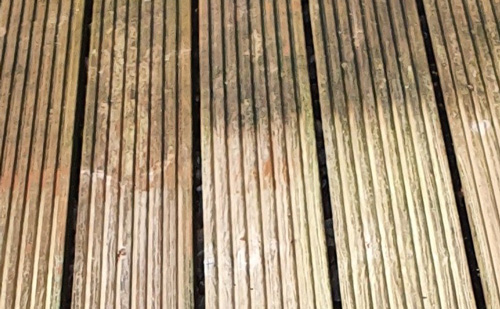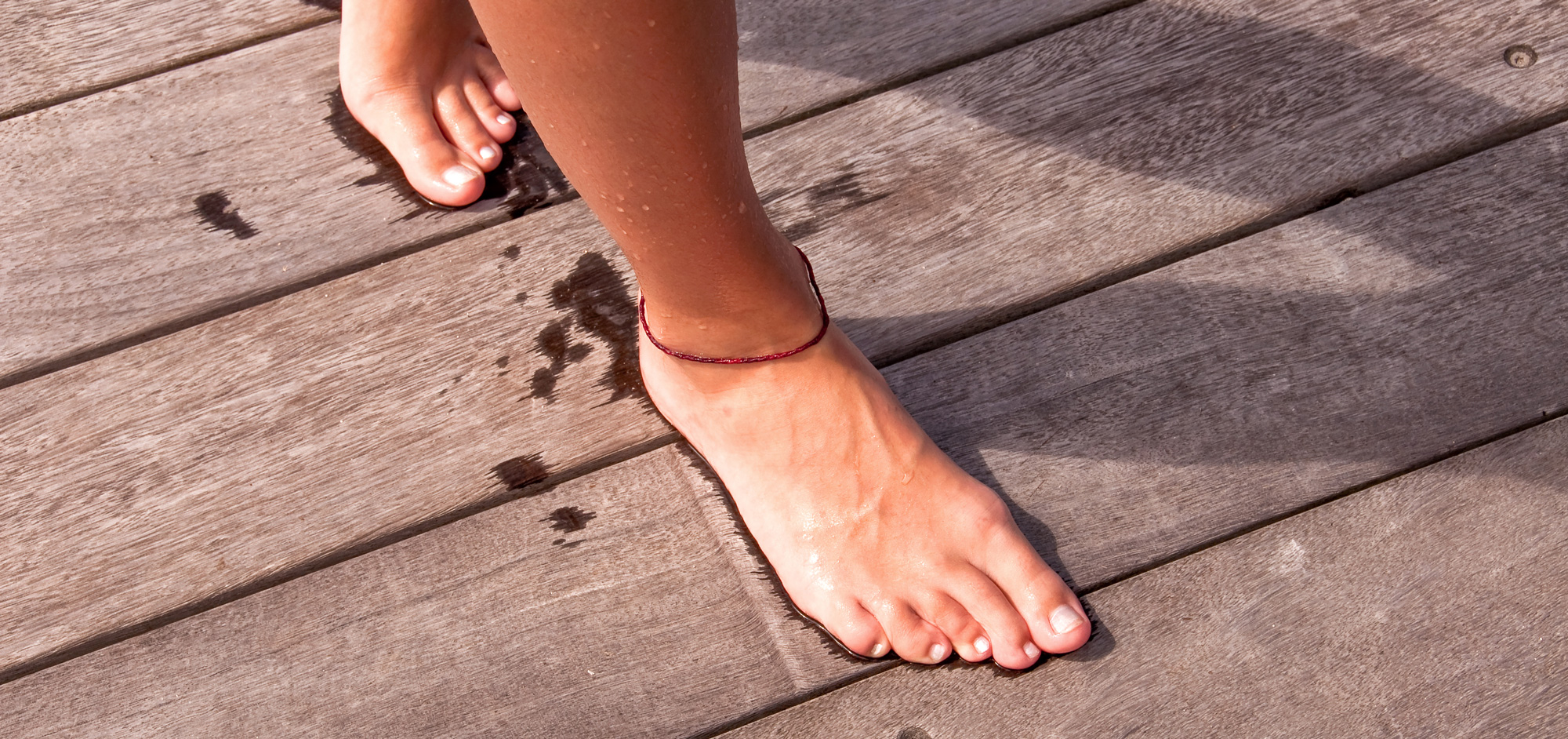How to care for garden decking
Date: 30th April 2020
Categories: Barrettine

Treatments for your decking that nourish and protect the timber.

Most decking is made from softwood, which is ‘pressure-treated’ to make it more resistant and longer lasting. Cedar’s a popular softwood option, as it also has good natural resistance to moisture and rot. Hardwoods, like oak and teak, offer even greater durability but they’re more expensive, so tend to be less popular. But regardless of species, all decking – old and new - will benefit greatly from annual treatment with a decking oil, which will nourish and protect the timber.

If you’re laying a new area of decking, make sure that any cut ends are treated with an ‘end grain sealer’. Then, when all of the boards have been laid, treat the whole area with a decking oil, which will help repel water and prevent the timber from splitting and cracking. Protection against UV rays is also important, as untreated boards will quickly bleach and fade to grey. Treatments like Barrettine's award-winning UV Protection Oil or Barrettine’s All-in-One Decking Oil contain UV inhibitors and fade-resistant pigments, which help prevent discolouration. They also contain a ‘surface biocide preserver’ which protects against mould.

Decking oil should only be applied to dry boards. Choose a still day and use either a clean paint brush or spray to apply the treatment. If you’re treating existing boards, you may need to use a biocide wash to remove dirt, residue and mould beforehand; we recommend Knock Out! Driveway, Decking & Patio Cleaner. As with any chemical treatment or outdoor wood protector, care should be taken and instructions carefully followed. If you’re not sure when your deck was last treated, try a patch test. If the oil isn’t readily absorbed, it may not need treating just yet.
New decking boards will generally need a couple of coats of oil, with a second coat applied after around 48 hours. Carefully follow the instructions and don’t be tempted to over apply - extra oil may not be absorbed and the surface will take much longer to dry. Decking Oils are available in lots of different shades and it’s best to carrying out a patch test on an inconspicuous area first. The final colour finish will vary, depending on the age, condition and type of timber. As a general rule of thumb, darker shades tend to provide greater UV protection.

As a further step, it’s well worth applying a top coat, like Barrettine’s award-winning Anti-Slip Decking Oil, to improve grip. Tiny organic particles within the oil create a slight texture which improves friction and grip between shoes or bare feet and the surface of the timber. Barrettine’s Anti-Slip Decking Oil also provides further protection against the elements and helps slow discolouration, so the benefits stack up.

To purchase any of the products listed above and enter our promotion for FREE 'Unwins' Poppy Seeds or to be in with a chance of winning £1000 of Luxury garden furniture click below.
Terms & conditions apply.
All press releases
